Are 25 inch thighs considered normal sized thighs? Or are they bigger than average?
Based on our extensive research and review of the available anthropometric data, 25 inch legs are around 3 inches bigger than average. That’s for both men and women.
But is having 25″ thighs really unhealthy and undesirable?
For most people?
Probably not.
Unless having 25 inch legs is indicative of other health problems (such as being obese), then you likely have nothing to worry about. But let’s get into the details to see how your thighs stack up.
Are 25 inch thighs big for females?
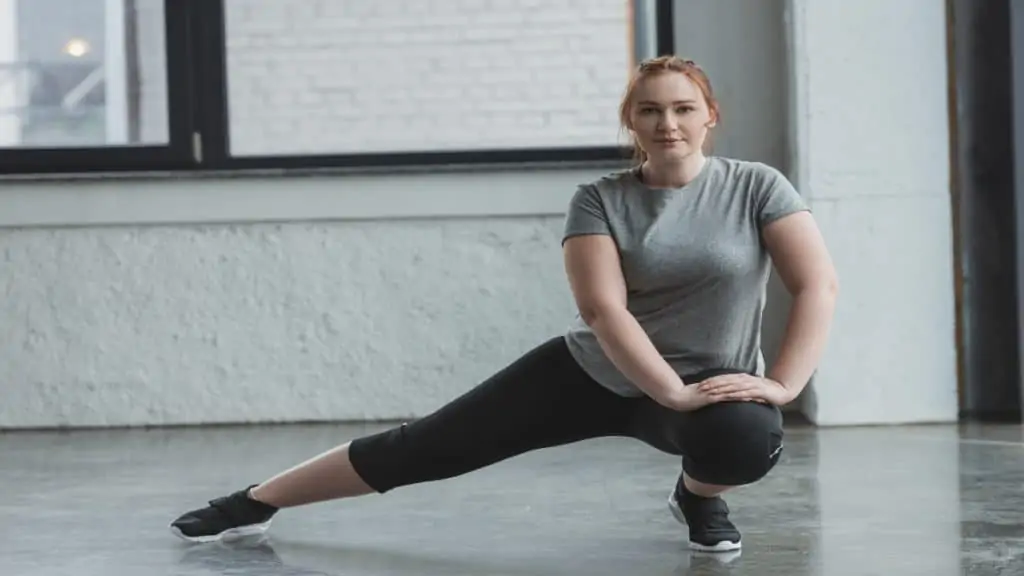
Although 25 inch thighs are bigger than average for females, this doesn’t necessarily mean that your thighs are too big.
A Danish study, which examined 1436 men and 1380 women, found that small thighs actually increased the participants’ risk of heart disease, cardiovascular disease, and premature death. [1]
What did the researchers classify as small thighs?
Anything under 23.5 inches.
There appeared to be no benefit to having significantly bigger thighs than this, but there was also no evidence that having 25 inch thighs, for example, was harmful to health.
Are 25 inch quads big for men who train?
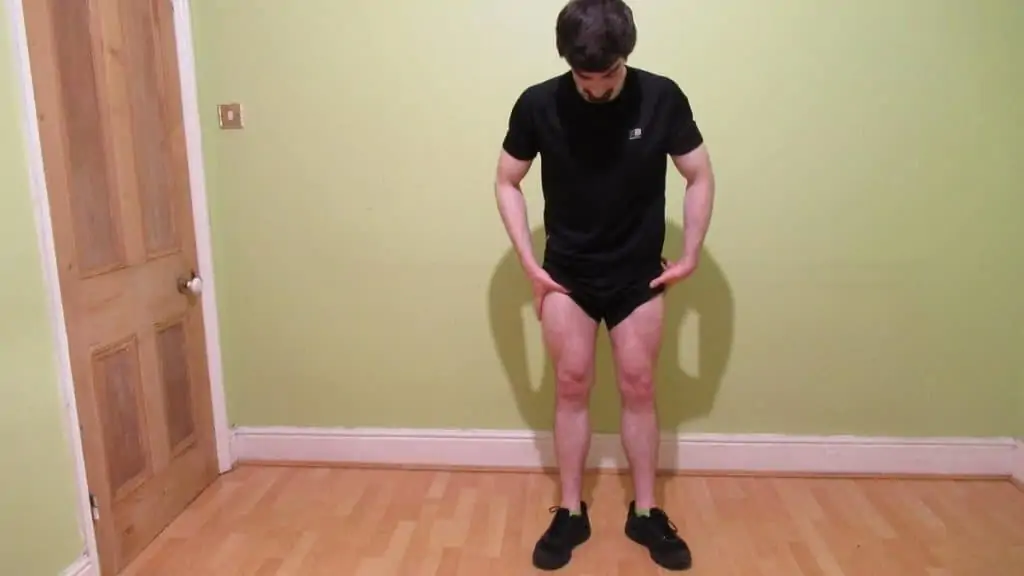
25 inch quads are definitely bigger than average for a man who lifts weights. Just how big?
That depends on who you ask.
To the average lifter with a decent physique, 25 inch quads will look pretty big indeed.
But to a group of hardcore bodybuilders, 25 inch legs might look average or even a little on the small side.
Of course, the leaner that your legs are and the more detail that your quads have, then the bigger your 25 inch quad circumference will look.
Additionally, 25 inch quads will look much bigger on shorter lifters than taller lifters. This is simply because when you’re short, your muscle mass is spread over a much smaller surface area, meaning that your thighs naturally appear chunkier.
How to reduce your 25 inch thigh circumference
The thighs are a problem area for many women. Indeed, some ladies can lose belly fat just fine but really struggle to lose any fat from their thighs whatsoever.
While we all have different fat storage genetics (women tend to store more fat on their legs than men), there are still some safe and effective methods for reducing your 25 in thighs.
Skip the weighted squats
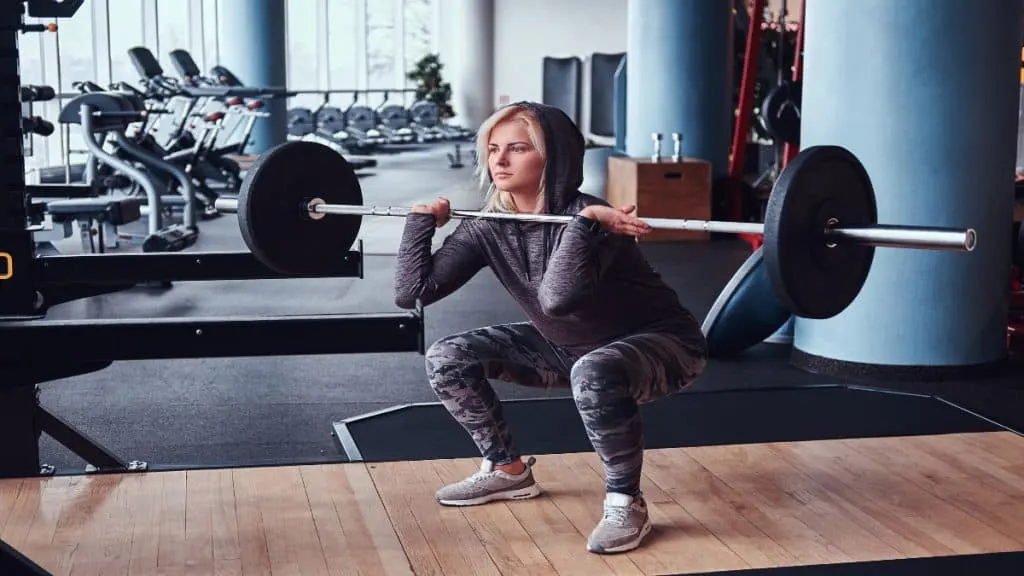
Strutting your stuff in the squat rack and challenging your thighs and glutes with heavy weights can really improve the appearance of your lower body.
But could all those weighted squats be making your thighs bulkier than you desire?
If, for example, you want to grow your glutes while maintaining or even slimming your thighs, do hip thrusts and bodyweight squats.
This way, you’ll be building your glutes without making the rest of your legs too big.
You could even skip squats altogether if you wanted to shrink your 25 inch legs. Some people, after all, just have genetically strong legs that don’t require much direct training.
Do more walking
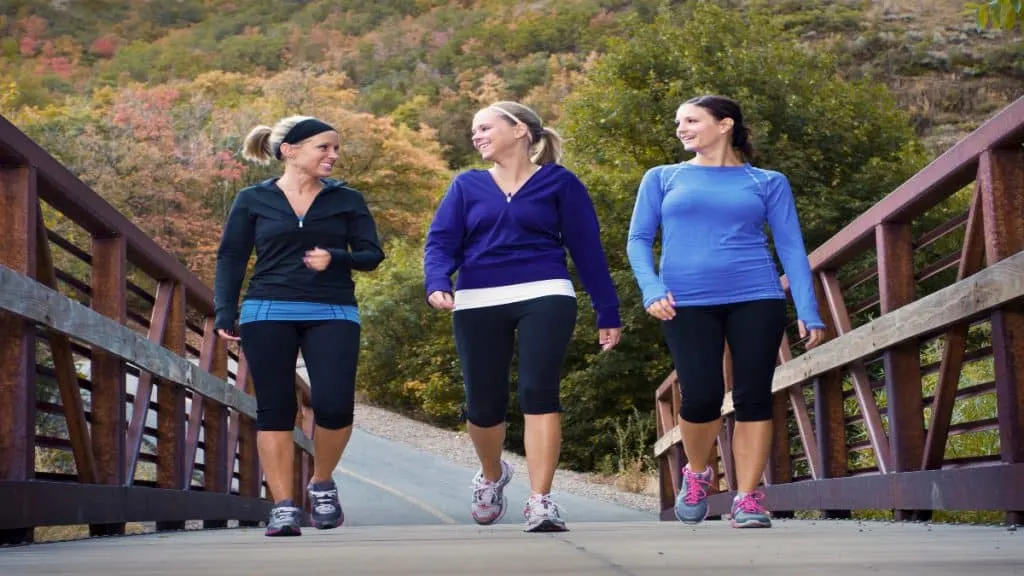
Many people who want to reduce their 25 and 25.5 inch thighs are intimidated by cardiovascular exercise and therefore skip it completely.
But there’s no rule that says you have to dread your next cardio session.
An enjoyable walk in the park will help you to burn calories while improving your mood, muscle endurance, and energy levels in the process. [2]
The best exercise routine for you is the one that you can stick to. So don’t feel that you need to do intense cardiovascular exercise all the time if you want to improve the appearance of your thighs.
Reduce your calorie intake

Like it or not, you need to be in an energy deficit if you want to lose weight.
This may mean decreasing your calorie intake, or it could simply mean maintaining your food intake and increasing your activity levels.
Either way, eating less and moving more have undeniable weight loss advantages because losing body mass comes down to a simple calories in vs calories out equation, regardless of where those calories come from. [3]
But there’s more to health and fat loss than simple math.
You need to eat nutrient-dense foods that keep you feeling full and satiated. Getting enough protein in your diet is also essential if you want to sculpt lean, toned thighs.
Additionally, you’ll need to eat enough healthy fats so that your body gets its essential fatty acids, which it can’t produce by itself. [4]
How to add muscle to your 25 inch legs
Building muscle and bulking up your 25 inch legs mainly comes down to performing enough training volume and eating a muscle-building diet.
However, within these broad categories, there are certain tweaks that you can make to improve and speed up your gains.
Train your legs more often
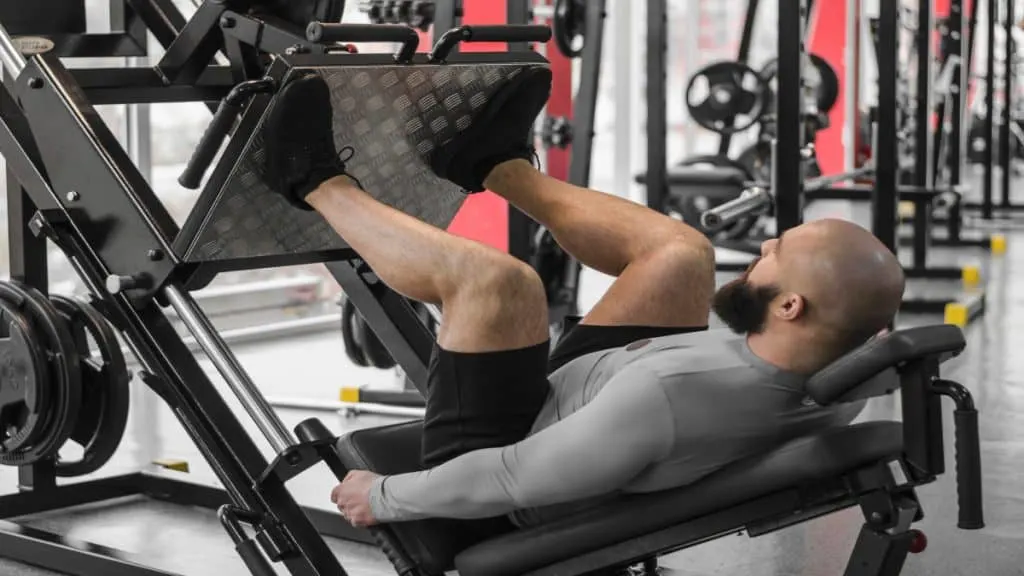
Many bodybuilders hammer their legs once per week and get good results.
But past a certain point of quad development, you need more than just pure effort.
Splitting your weekly sets over two sessions will immediately increase your training volume, which is the primary driver of hypertrophy.
This is because you’ll be hitting the second half of your weekly sets when you’re fresh, whereas previously—when you were training your legs once a week—you’d already done loads of sets before beginning the second half of your workout.
Consider starting the week with a heavier session that’s focused on free-weight compound lifts like squats and Romanian deadlifts.
Then, later in the week, do leg presses and leg extensions so that you don’t exhaust your core in every session.
You can also utilize higher reps in this session to vary the stimulus and stimulate a wider variety of muscle fibers.
Improve your mind-muscle connection
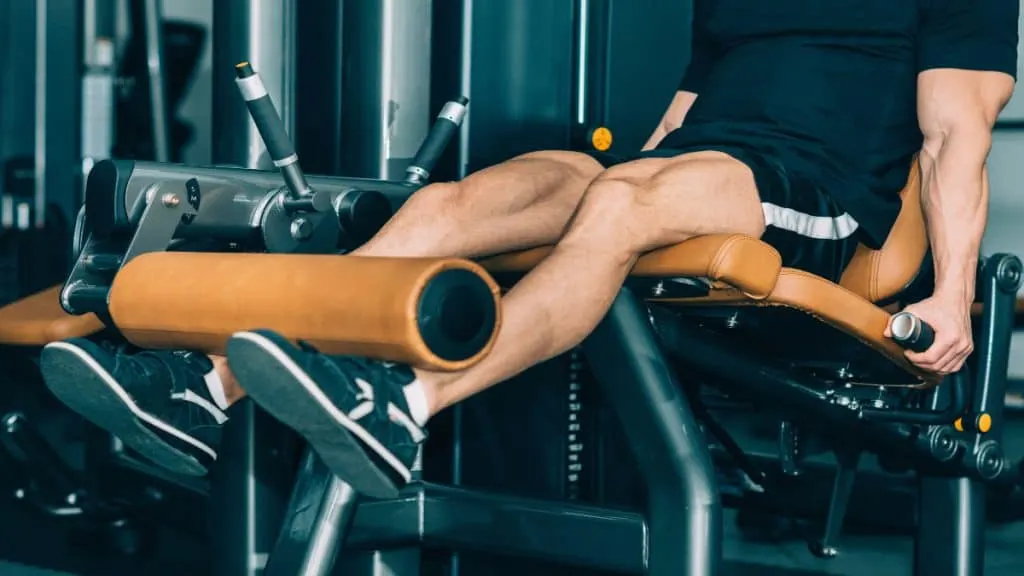
I’ve seen more than a few guys squat 3 plates who definitely don’t have 25 inch quads.
The reality is that if your squat looks more like a good morning, you’re not getting much quad activation at all.
If this sounds familiar, I recommended reducing the weight significantly and resetting your technique.
Switch to high bar back squats and keep your torso in a more upright position so that you can achieve a deeper stretch in your quads.
Then, descend in a controlled manner. Don’t dive-bomb on the negative part of the rep because doing so will hurt your knees and rob your quads of tension (and thereby hypertrophy).
You’ll still get plenty of glute stimulation if you squat below parallel (and if you do RDLs).
Squat deeper
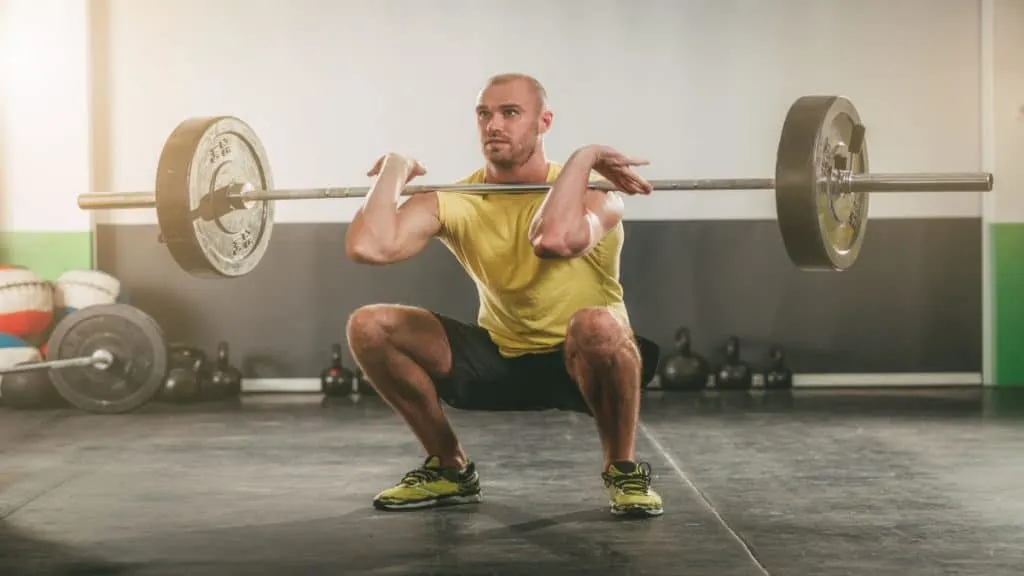
Half squats might make you feel strong, but are they actually building your quads?
Don’t get me wrong; half rep training can build your legs up to a point—especially if you do insane amounts of volume.
But once your legs are already well-developed (which they are at 25 inches), you need to give your lifting technique more attention to detail.
You’re much better off reducing the weight and increasing your squat depth than you are adding weight to the bar and cutting your range of motion further still.
Remember that your quads are just pieces of meat that respond to tension. They can’t tell how much weight you’re lifting, and they certainly don’t care about your new squat PR.
So use a moderate amount of weight and squat until you feel a deep quad stretch. That doesn’t necessarily mean going ass to grass, but it likely means squatting below parallel.
Conclusion: Should you be concerned about having 25 inch thighs?
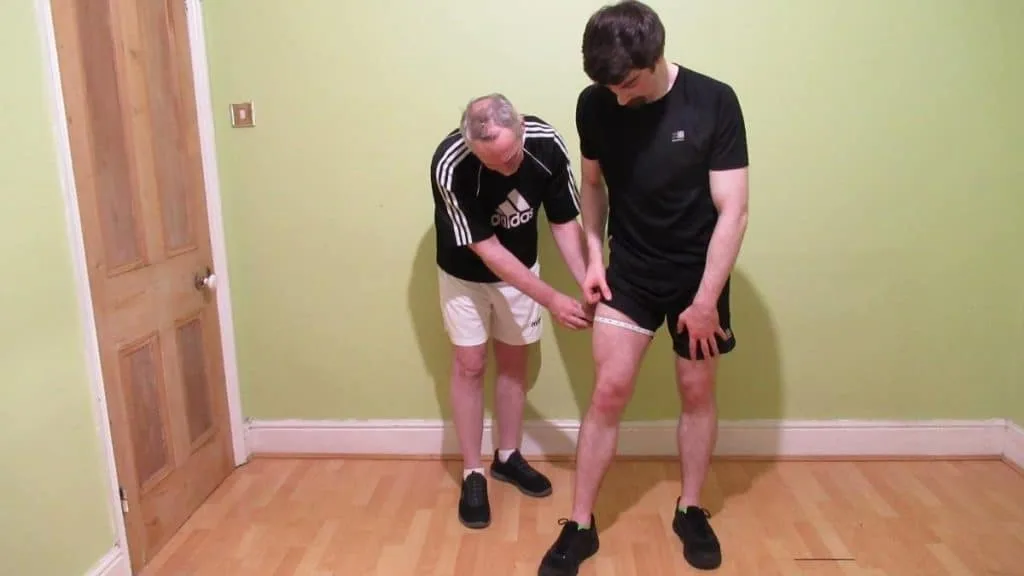
While a 25 inch thigh circumference is above average, it’s not necessarily excessive or undesirable.
If you lift weights, then your 25 inch thighs could actually be a sign that your resistance training routine is working as intended.
Your 25 inch legs may also be due to your genetically muscular lower body.
Of course, you may have some excess fat on your thighs (or, if not excess, more fat than you desire), in which case implementing the above tips will help you to slim your legs.
References
- Heitmann, B. L., & Frederiksen, P. (2009). Thigh circumference and risk of heart disease and premature death: prospective cohort study. BMJ, 339(sep03 2), b3292. https://doi.org/10.1136/bmj.b3292
- Walking: Trim your waistline, improve your health. (2021, May 19). Mayo Clinic. https://www.mayoclinic.org/healthy-lifestyle/fitness/in-depth/walking/art-20046261
- Hu, T., Mills, K. T., Yao, L., Demanelis, K., Eloustaz, M., Yancy, W. S., Kelly, T. N., He, J., & Bazzano, L. A. (2012). Effects of Low-Carbohydrate Diets Versus Low-Fat Diets on Metabolic Risk Factors: A Meta-Analysis of Randomized Controlled Clinical Trials. American Journal of Epidemiology, 176(suppl_7), S44–S54. https://doi.org/10.1093/aje/kws264
- NHS website. (2021, November 18). Fat: the facts. Nhs.Uk. https://www.nhs.uk/live-well/eat-well/different-fats-nutrition/

